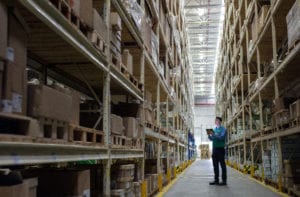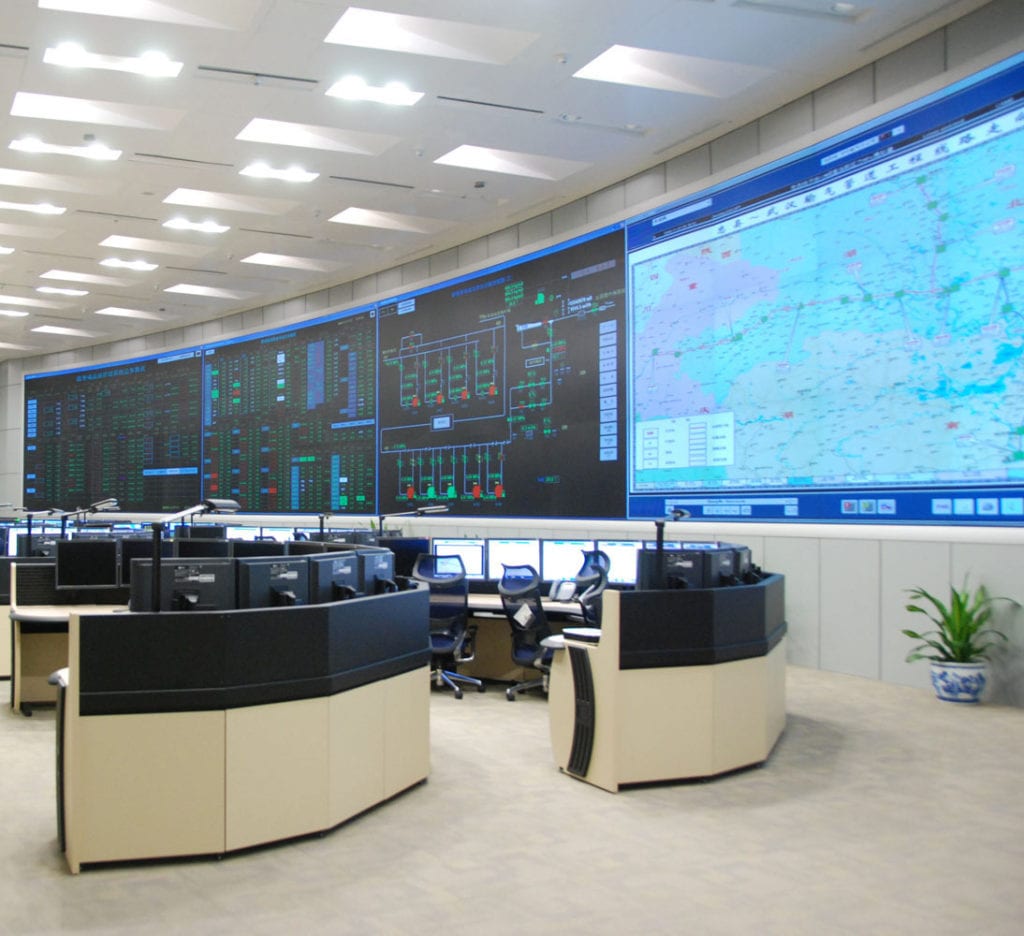 In our previous blog “Practical digital applications in mining, minerals and metals”, we went through some practical applications of digitalization on these businesses, and described how an integrated approach for those can be realized through modern, open and interoperable architectures. These enable digitization by providing closely coupled linkages with a cybersecure envelope across the smart device, edge control, and apps and analytics layers of mining, minerals and metals enterprises, increasing field to enterprise transparency, and enhancing value chain visibility and efficiency all along the asset life-cycle.
In our previous blog “Practical digital applications in mining, minerals and metals”, we went through some practical applications of digitalization on these businesses, and described how an integrated approach for those can be realized through modern, open and interoperable architectures. These enable digitization by providing closely coupled linkages with a cybersecure envelope across the smart device, edge control, and apps and analytics layers of mining, minerals and metals enterprises, increasing field to enterprise transparency, and enhancing value chain visibility and efficiency all along the asset life-cycle.
An Integrated Operations Management (IOM) strategy can contribute to the three major competitive imperatives that enable a sustainable and profitable business on these industries.
Sustainability and the social license to operate
In order to help support global sustainability goals and to validate their social license to operate, mining, minerals and metals firms must find easier ways to document and report their efforts to save energy and reduce carbon emissions. Integrated operations management systems can help in this regard. By capturing and analyzing energy data across the various stages of the value chain, sustainability reporting become significantly more precise. This data can enable measurement of an energy consumption baseline, balancing of energy distribution within the plant, documentation of energy performance data, comparisons to other facilities and sites that are similar in profile, and analysis of how energy-saving initiatives and investments are driving positive sustainability impact.
Beyond simple compliance to regulatory standards, pro-sustainability actions can now be documented and communicated to communities and groups that monitor corporate social behaviors. The industry’s investment in innovation, collaboration, safety, sustainability, genuine rehabilitation, renewable technologies and diversity can now be published with data to enforce the credibility of public reporting.
Value chain optimization
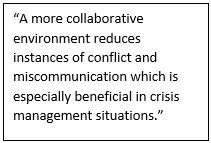 Mining, minerals and metals companies strive to establish better visibility across their entire supply and value chains. This prevents them from being to optimize their whole operation or identify areas where bottlenecks occur. To address this issue of value chain optimization, the concept of integrated operations management (IOM) is beginning to take hold. IOM establishes a consolidated environment that brings together plant information across multiple sites and commodity groups. The operations center that facilitates the task of IOM provides a consolidated, centralized service responsible for delivering technical guidance, sharing best practices, providing benchmarking, and fostering collaboration across multiple operating teams. The goal is to effectively integrate information with financial requirements to support market decisions and business objectives across the value chain of each commodity group.
Mining, minerals and metals companies strive to establish better visibility across their entire supply and value chains. This prevents them from being to optimize their whole operation or identify areas where bottlenecks occur. To address this issue of value chain optimization, the concept of integrated operations management (IOM) is beginning to take hold. IOM establishes a consolidated environment that brings together plant information across multiple sites and commodity groups. The operations center that facilitates the task of IOM provides a consolidated, centralized service responsible for delivering technical guidance, sharing best practices, providing benchmarking, and fostering collaboration across multiple operating teams. The goal is to effectively integrate information with financial requirements to support market decisions and business objectives across the value chain of each commodity group.
By bringing all stakeholders such as procurement personnel, operators, energy managers, maintenance staff, production staff, executives and others into one platform, silos are eliminated. This more collaborative environment reduces instances of conflict and miscommunication which is especially beneficial in crisis management situations. Similar to the way a cockpit functions on an airplane, all of the controls are reachable from one place, so that situations can be properly dealt with as they occur.
Empower to workforce to drive a cultural shift
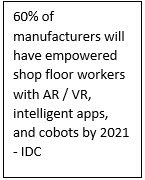 Any viable digitalization strategy should also consider the human aspect of how digitalization will impact workers and employees. Digitalization is a cultural issue as much as it is a technology issue. The hearts and minds of workers are only won when the proposed changes amount to facilitation of jobs. Job specific information must be easy to access and easy to interpret. In addition, some workers may fear that new technologies may render their roles obsolete. In truth, some traditional roles will require realignment, but the new technologies will also create new roles and opportunities within mining, minerals and metals organizations. Automation and digitalization cannot survive without a human interface at this stage.
Any viable digitalization strategy should also consider the human aspect of how digitalization will impact workers and employees. Digitalization is a cultural issue as much as it is a technology issue. The hearts and minds of workers are only won when the proposed changes amount to facilitation of jobs. Job specific information must be easy to access and easy to interpret. In addition, some workers may fear that new technologies may render their roles obsolete. In truth, some traditional roles will require realignment, but the new technologies will also create new roles and opportunities within mining, minerals and metals organizations. Automation and digitalization cannot survive without a human interface at this stage.
The workforce culture will shift from a siloed mentality to one of sharing and collaboration. All phases of the worker activity chain ̶ planning, scheduling, production management and asset management ̶ will be impacted as digital tools break down traditional barriers.
By 2025, 75% of the global workforce will be millennials. As increasing numbers of employees retire, this gender diverse new pool of workers will need to work with tools that are intuitive and familiar, so that tribal knowledge of operations is retained. The deployment of innovative simulation-based training tools can be expanded to quickly improve workforce capabilities. Virtual reality training simulators, for example, can help to accelerate training times by up to 50% and help the new operators to secure higher uptime operations by reducing risk of human error.
One large global mining and metals corporation recently deployed an integrated operations center to centrally manage 13 mines, three ports and one of the world’s largest privately-owned rail networks. Operations managers can use cameras, radios, and microphones from their desks thousands of kilometers away to communicate directly to on site staff. The vision for the operations center was to make certain that all staff are multiskilled and embrace collaboration in order to drive productivity. With their people now equipped with the proper tools for optimizing a complex integrated network, the senior management of the firm are realizing a quantum leap in mining efficiency and cost savings.
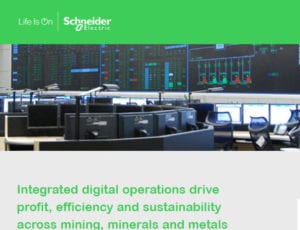 As mining, minerals and metals enterprises across the globe accelerate efforts to gain a competitive advantage through digitization, an Integrated Operations Management business strategy, can set the foundation for a differentiating factor on these businesses’ competitive imperatives, today and tomorrow. Learn more about EcoStruxure for Mining, Minerals and Metals, as the open and interoperable platform that enables an Integrated Operations Management approach.
As mining, minerals and metals enterprises across the globe accelerate efforts to gain a competitive advantage through digitization, an Integrated Operations Management business strategy, can set the foundation for a differentiating factor on these businesses’ competitive imperatives, today and tomorrow. Learn more about EcoStruxure for Mining, Minerals and Metals, as the open and interoperable platform that enables an Integrated Operations Management approach.
